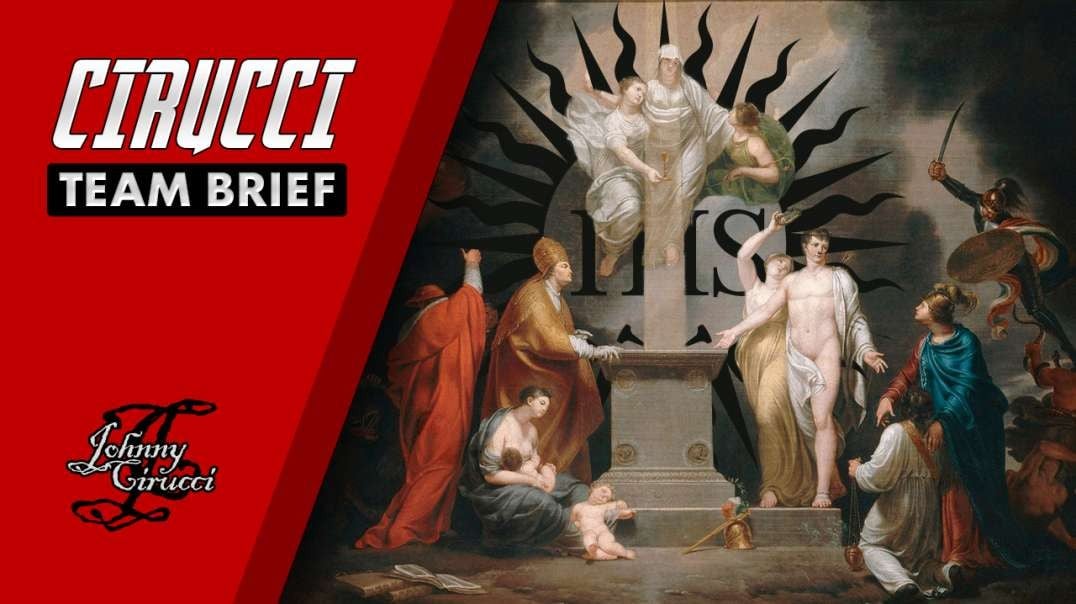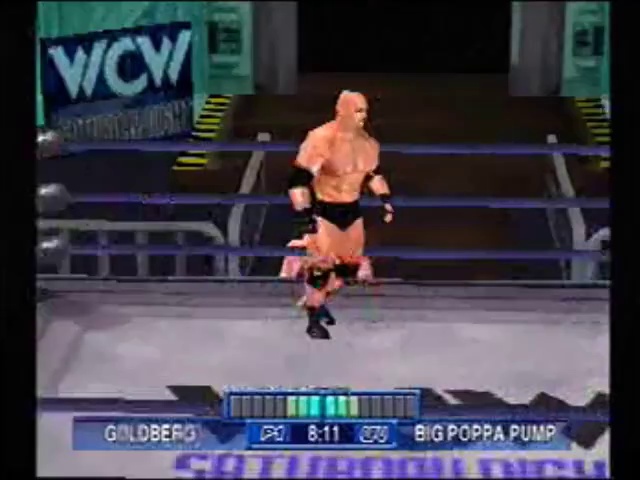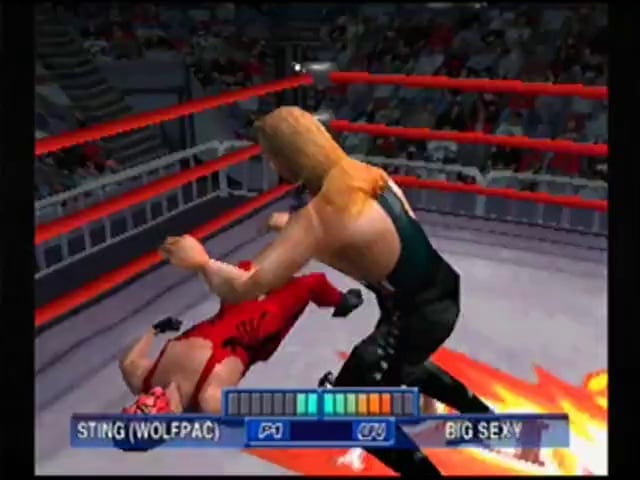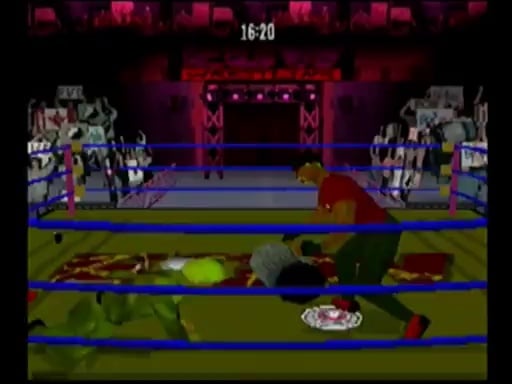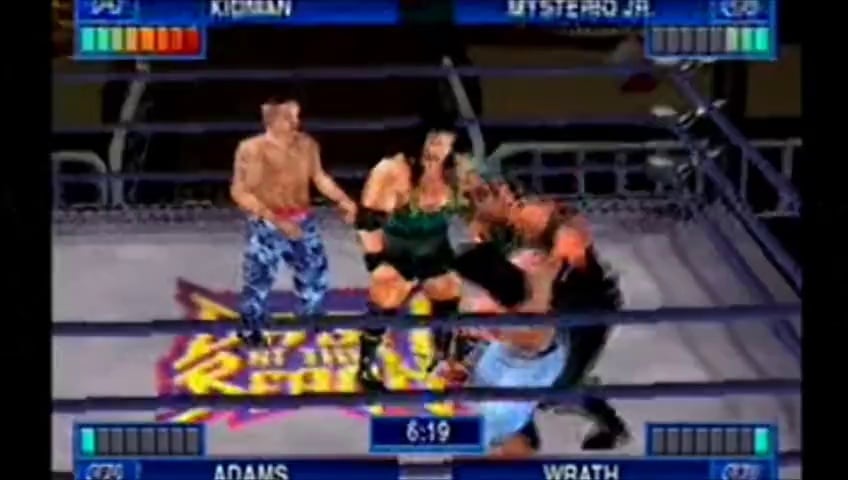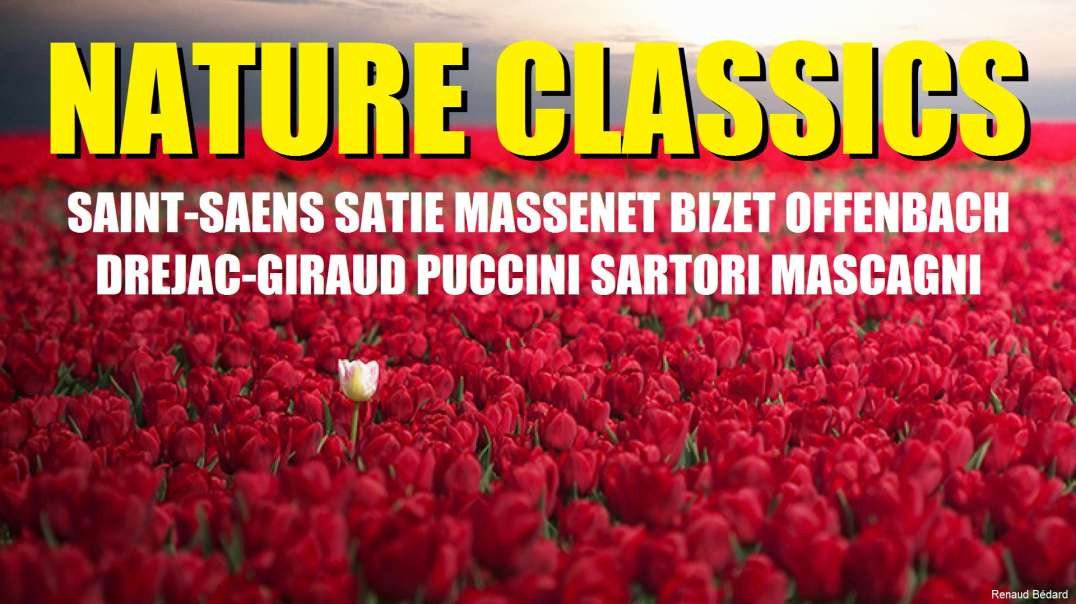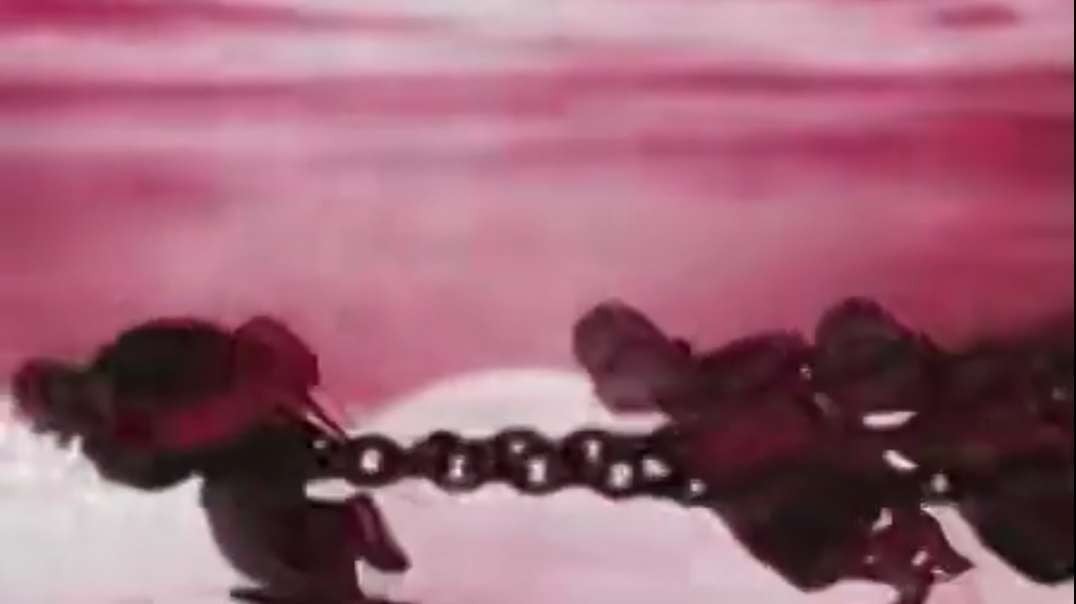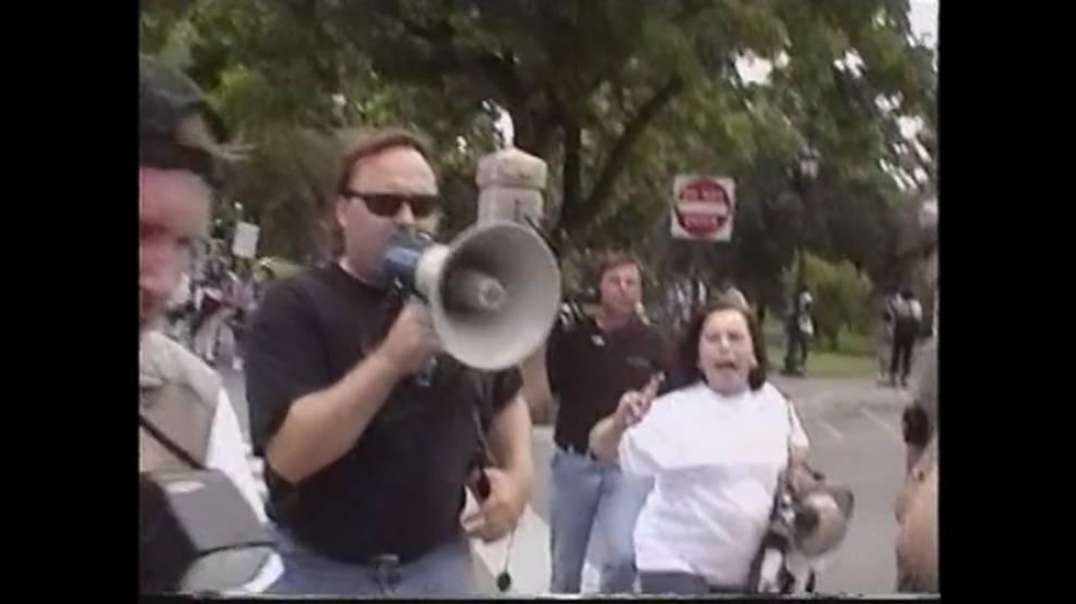DJANGO REINHARDT: The Chronological Classics 1934 -1935
Tracklist 1934 -1935
01 - 0:00 Presentation Stomp
02 - 3:04 Blue Interlude
03 - 6:23 Tiger Rag
04 - 8:39 After You've Gone
05 - 10:53 Confessin'
06 - 13:33 I Saw Stars
07 - 16:18 Confessin'
08 - 19:07 From Now On
09 - 22:28 I Saw Stars
10 - 25:47 Black Panther Stomp
11 - 28:40 Okay, Toots
12 - 31:27 When My Ship Comes In
13 - 34:35 My Carolina Hideaway
14 - 37:14 Dinah
15 - 39:50 Tiger Rag
16 - 42:25 Lady Be Good
17 - 45:18 I Saw Stars
18 - 47:52 Hands Across The Table
19 - 51:08 We Were So Young
20 - 54:33 From You
21 - 57:28 Darling, je vous aime beaucoup
22 - 01:00:48 Miss Otis Regrets
23 - 01:03:54 Walzing With A Dream
DJANGO REINHARDT: The Chronological Classics 1934 -1935
Following the Original Dixieland Jazz Band's visit to England in 1919, American bands and musicians toured Europe regularly. However, it took several years for local artists to acquire the capability of expressing themselves in an equally creative manner. Django Reinhardt was not only one of the most important European jazz musicians, but also the first to make a real impression on Jazz players and enthusiasts in America!
Jean Baptiste "Django" Reinhardt was born in Liverchies, Belgium on January 23, 1910. Even as a child. he played violin, banjo and guitar. In the years Following World War 1. Django played with various bands in and around Paris. On November 2. 1928, his career seemed to have come to a premature end when his caravan went up in flames, seriously burning his left hand. After several operations and more than a year in hospital, he was able to play guitar again. Although two Fingers of his left hand remained permanently paralyzed. He continued working with today mostly forgotten musicians, but then began an association with singer Jean Sablon, who used him as accompanist on several recording-sessions. By now, he was enjoying increasing contacts with jazz and hot-dance musicians, and was beginning to record regularly with some of the best French bands, notably those led by Michel Warlop and Guy "Patrick" Paquinet. Django's fame grew rapidly as a result of the first sessions by the "Quintet of the Hot Club of France", and by the late thirties all visiting American Jazz musicians were eagerly seeking the opportunity to record with him. His musical companion Stephane Grappelly spent the war years in England, whereas Django decided to remain in occupied France. Despite the persecution of gypsies, he was able to continue playing and recording. After the Liberation. he was still very much in favour with visiting American musicians, and in 1946 he even went to America to play with the Duke Ellington orchestra. That same year also brought a joyful reunion with Grappelly. Django continued playing and recording, but gradually disappeared from the scene in the late forties. Django Reinhardt died in Samois, east of Paris. on May 16, 1953.
This first volume of the recordings of Django Reinhardt in chronological order concentrates on his early sessions with jazz musicians. His numerous early records with French singers have not been included here. The opening tracks present the big band of violonist Michel Warlop, an orchestra that included many of the best young French players - including Stephane Grappelly on piano. Trombonist Guy Paquinet took a similar personnel to the studios for a handful of sessions as "Patrick et son Orchestre". This amazing band seems to have been inspired by the Dorsey Brothers Orchestra. both in style and repertory. Its most impressive recording,"Okay,Toots", had also been cut by the Dorseys just two months earlier. As far as Django Reinhardt's playing is concerned, his first recordings with the Quintet are much more important. "Dinah" and "Lady Be Good". in particular,provide a first wonderful illustration of the incredible interplay with Stephane Grappelly.To be continued...
Anatol Schenker, March 1993




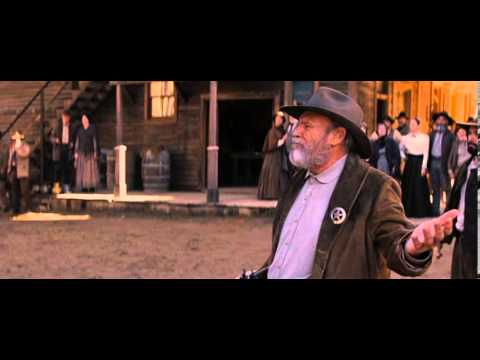
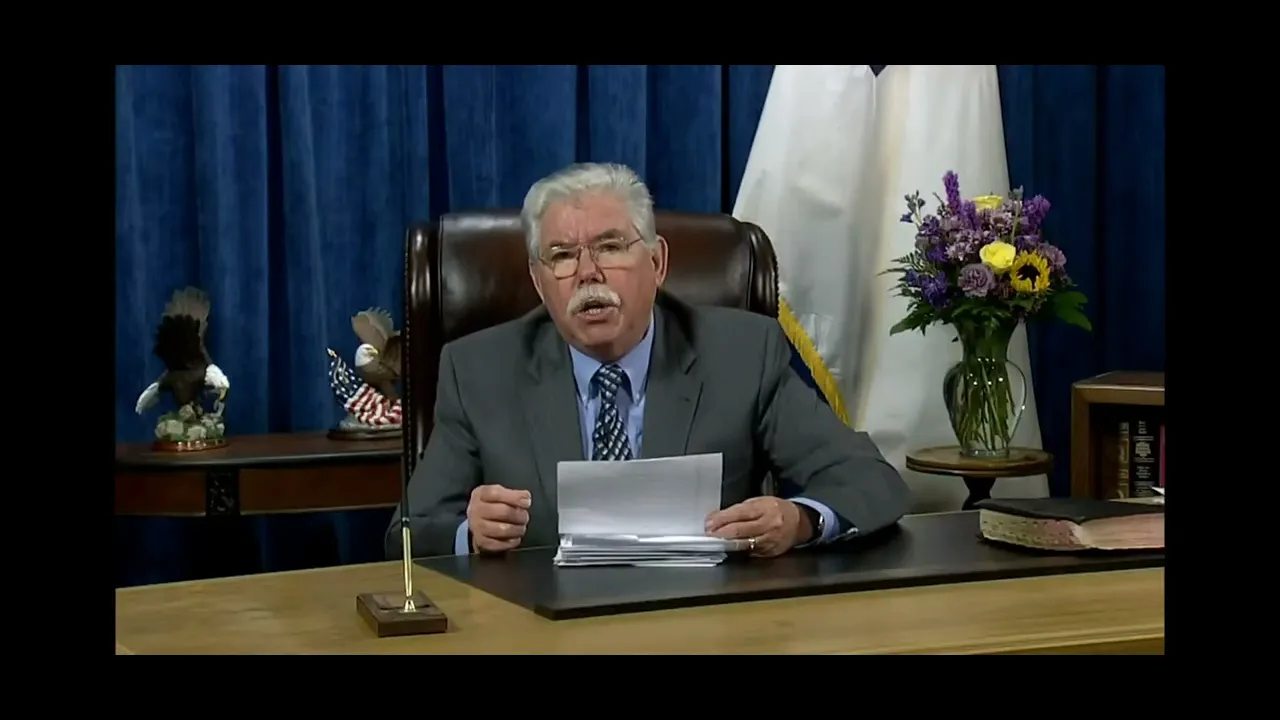
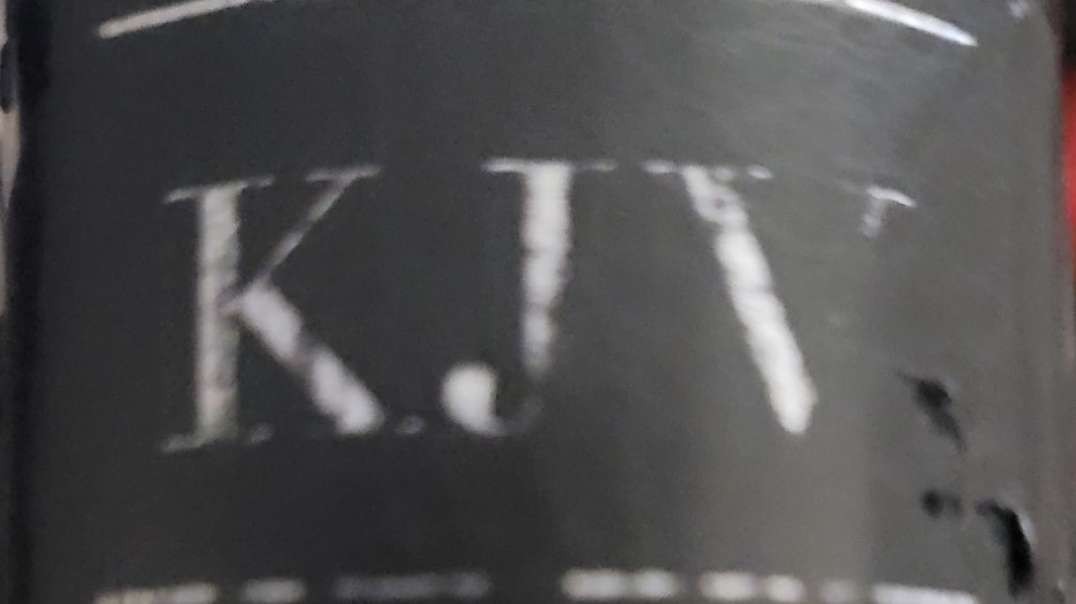
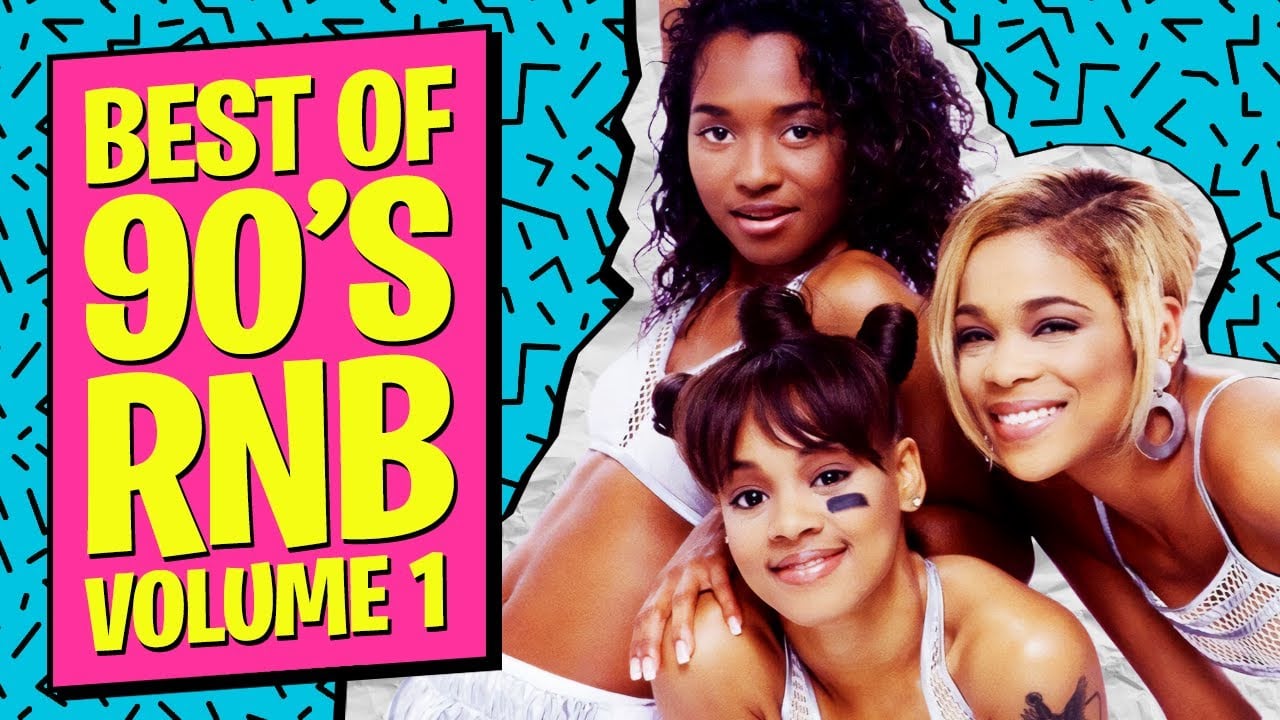

!["Fear Not You Have An M1A" by Nutnfancy [TNP Classics]](https://video.ugetube.com/thumb/jlSpa3Jc2z3zdgs.jpg)
